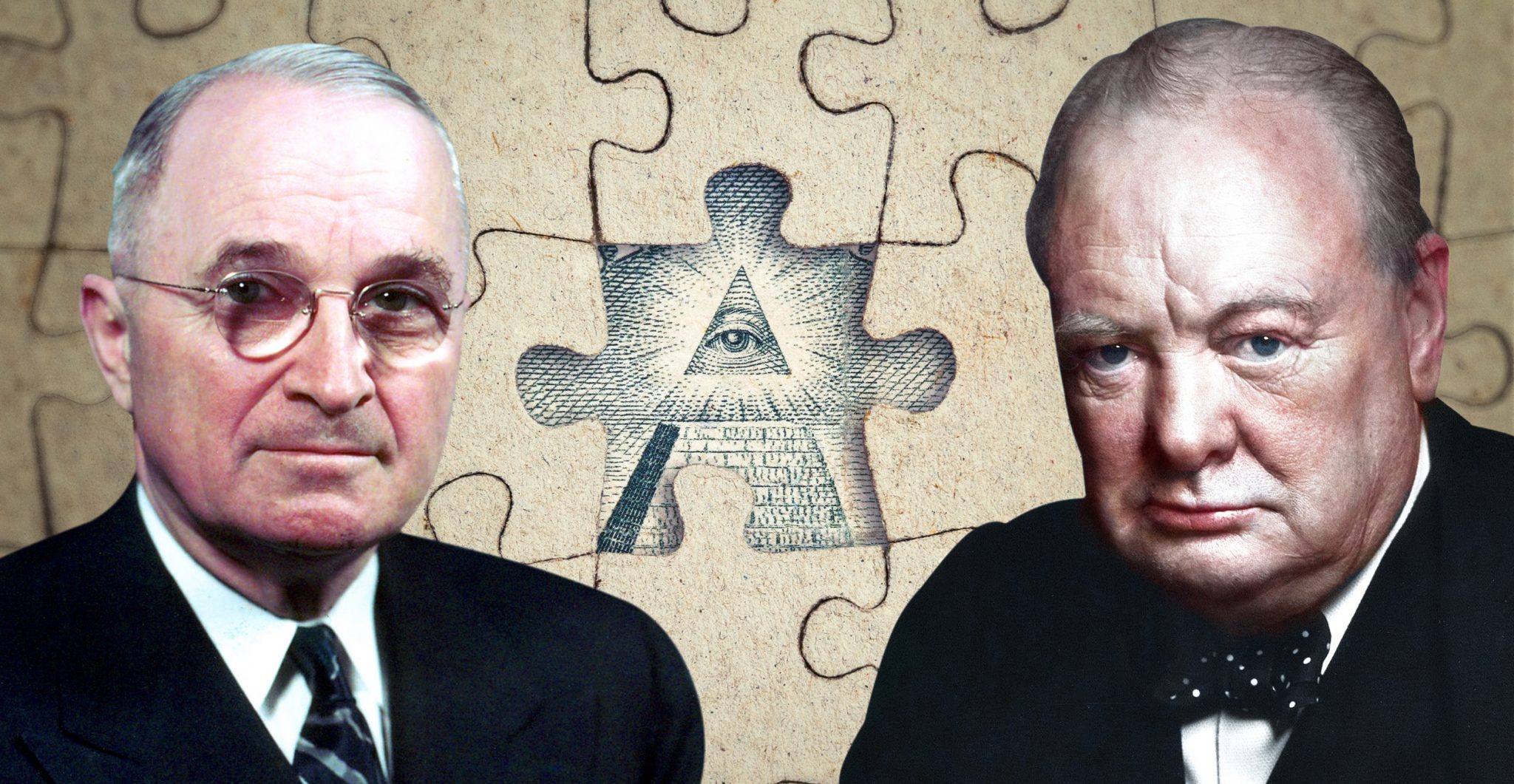Amazon Prime is showing a video in which John Hamill, the Communications Director of the United Grand Lodge of England, gives an interview on the Freemasons and their role in society.
In the interview he reveals that being a member of the Freemasons toward the end of the 1930’s was an extremely dangerous affiliation. The Nazi regime in Germany decided that the Freemasons were a threat to the sovereignty of their government and placed the Freemasons squarely in their sights.
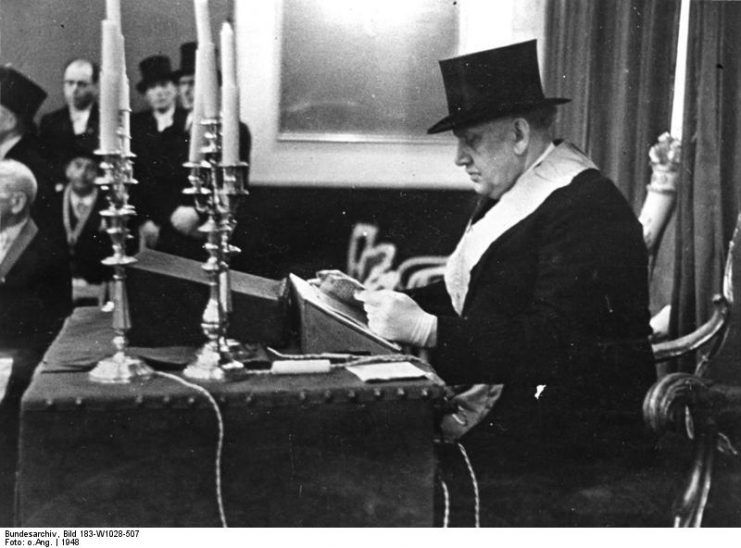
The basis for the Nazi persecution of the Freemasons was their assertion that the Freemasons were part of a Jewish conspiracy, and were one of the main reasons Germany lost World War I.
Adolf Hitler wrote in his book Mein Kampf that the Freemasons had been subverted by the Jewish people and that the organization had become the instrument through which the Jews fought for their aims.
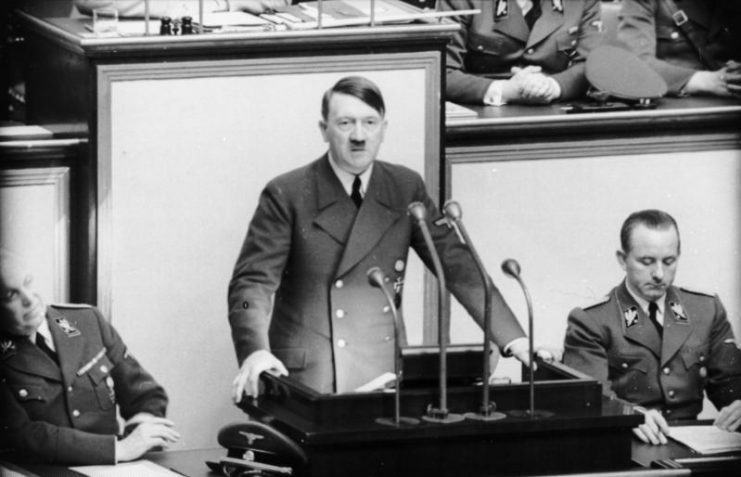
He also asserted that the Freemasons were used by the Jews to ensure their ascent to high levels of society, and that the pacifist ideals of Freemasonry were taught to the general populace by the news press.
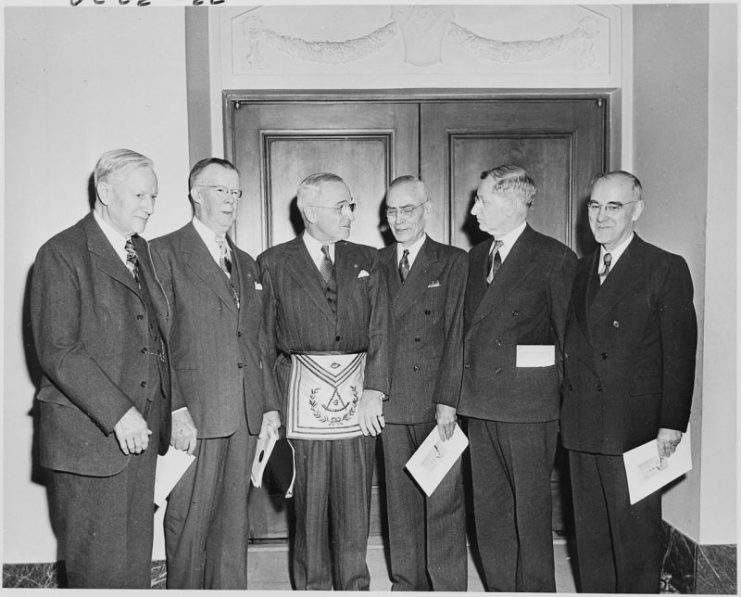
In 1933, Herman Goring, who was the President of the Reichstag declared that there was no place in German society for the Freemasons. On 23 March 1933 the Enabling Act was passed in the Reichstag. By the terms of this act, the government was granted powers to enact or abolish decrees as they saw fit.
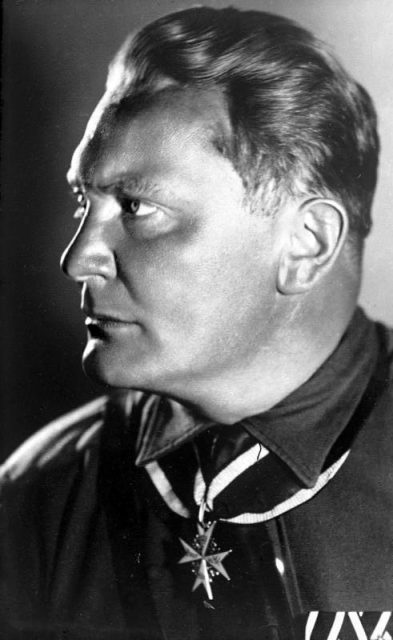
On 8 January 1934 the Nazis used the Enabling Act to order the disbandment of the Freemason organization and the confiscation of all properties belonging to the Lodges.
In addition, the decree ordered that any person who was a member of the Freemason organization before January 1933 would be ineligible to hold any office in the Nazi Party or any of the Party’s paramilitary wings such as the SS. They were also barred from holding any form of public service position.
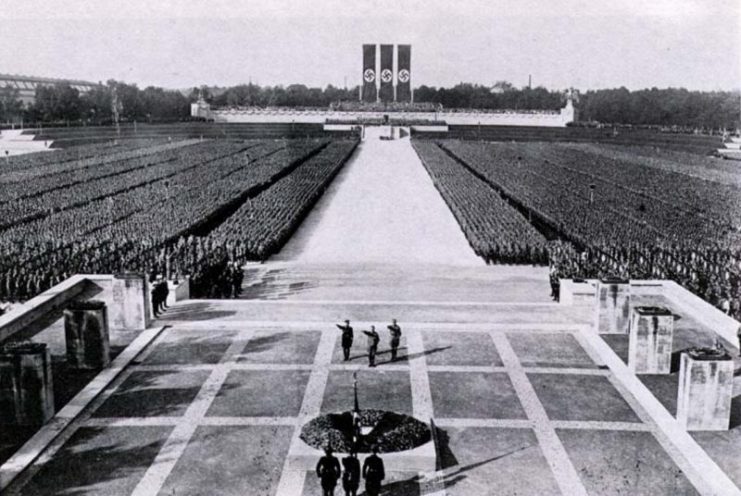
On 8 August 1935 Hitler published a proclamation in the Nazi Party newspaper Völkischer Beobachter, indicating that all the Masonic Lodges in Germany and those nations allied to Germany were to be dissolved. The article accused the Freemasons of joining with the world’s Jews to take over the world.
Freemasonry was banned in Germany and all the other Axis nations, including those that had been invaded by Germany such as France and Norway.
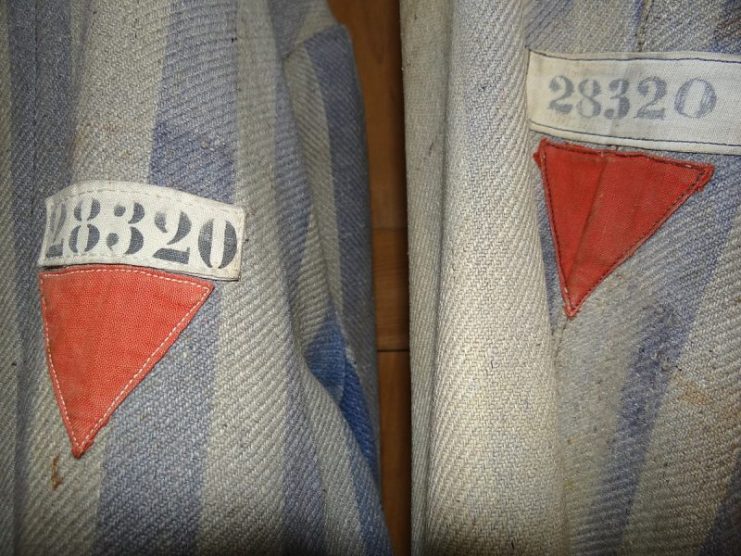
A special section of the Security Service was established to monitor Freemasonry. Later on, members were rounded up and sent to concentration camps, where they were classified as political prisoners and had to wear an inverted red triangle on their uniforms.
The red triangles were sewn on to the uniforms of communists, trade unionists, socialists, political prisoners, social democrats, anyone accused of rescuing Jewish people, and the Freemasons.
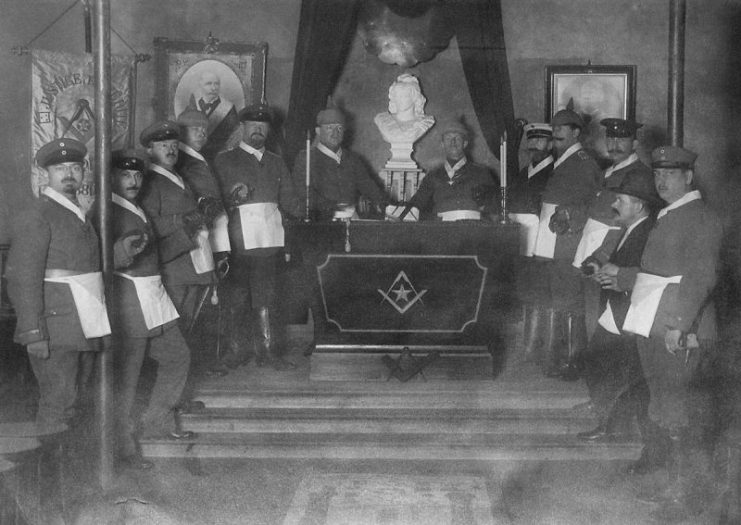
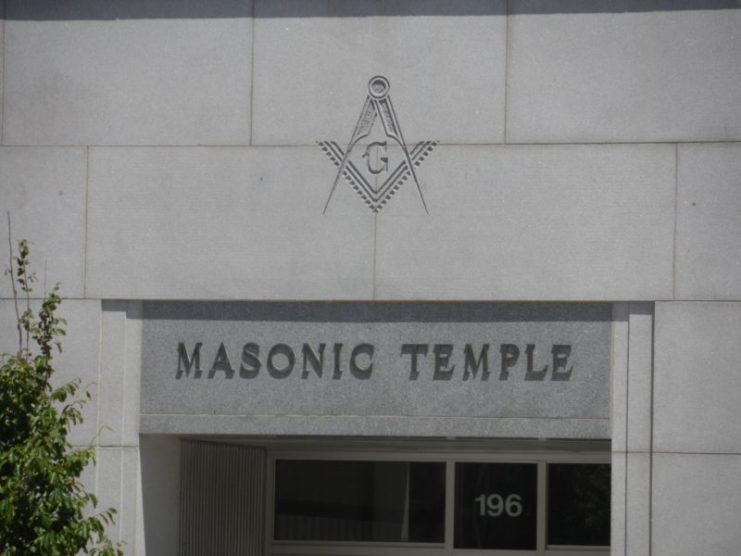
In 1937, exhibitions were held with the most renowned being the “Anti-Masonic Exhibition” arranged by Joseph Goebbels. The exhibitions showed artifacts stripped from Masonic Lodges and were intended to show the German populace how evil the organization supposedly was.
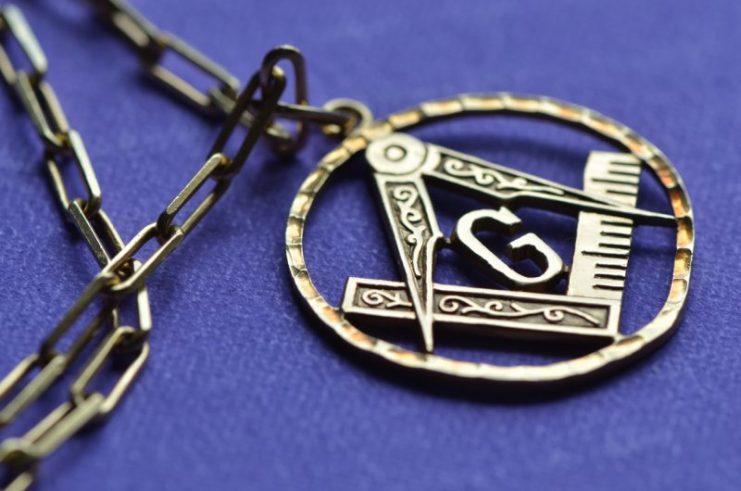
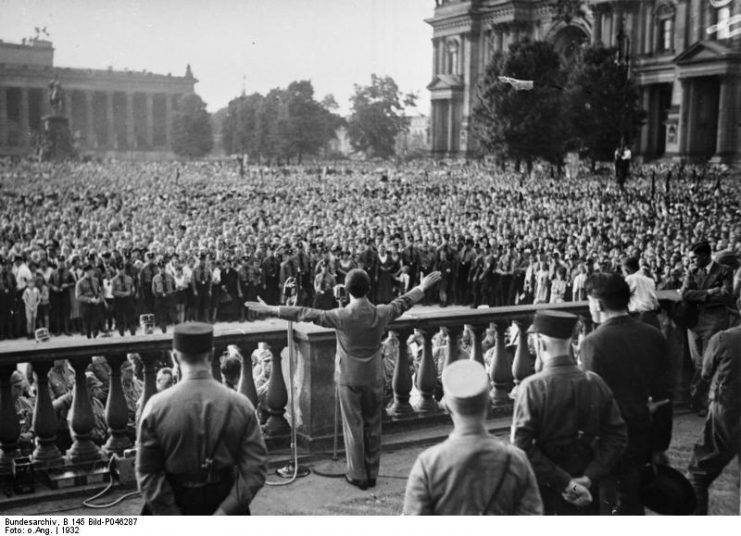
The hysteria exhibited by the Germans toward Freemasonry, was again demonstrated in 1943 when Field-Marshal Friedrich Paulus surrendered to the Soviets.
Paulus had been promoted to Field-Marshal only two hours before his surrender, and Hitler had expected him to commit suicide rather than surrender. Paulus was therefore denounced as a high-grade Freemason.
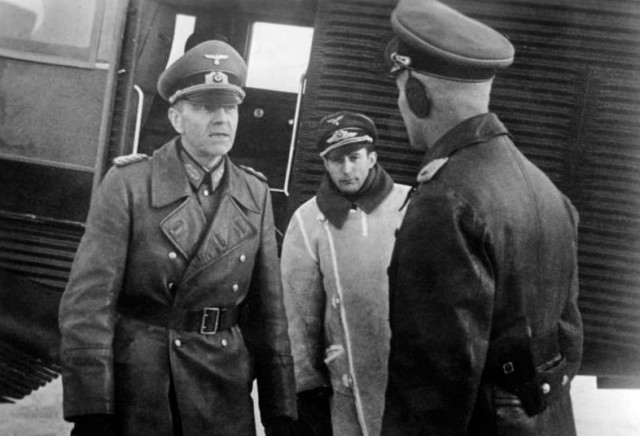
The fact that the Germans had been decimated in the Battle of Stalingrad did not enter into Hitler’s reasoning. As a result of this treatment, Paulus became a vocal critic of Hitler and the Nazi regime while he was incarcerated as a prisoner of war.
The clampdown on Freemasonry continued when the film Forces occultes was produced in Nazi-occupied France. This propaganda film was intended to show the general population how the Freemasons had conspired with the Allied nations and the Jews to encourage France to go to war with Germany.
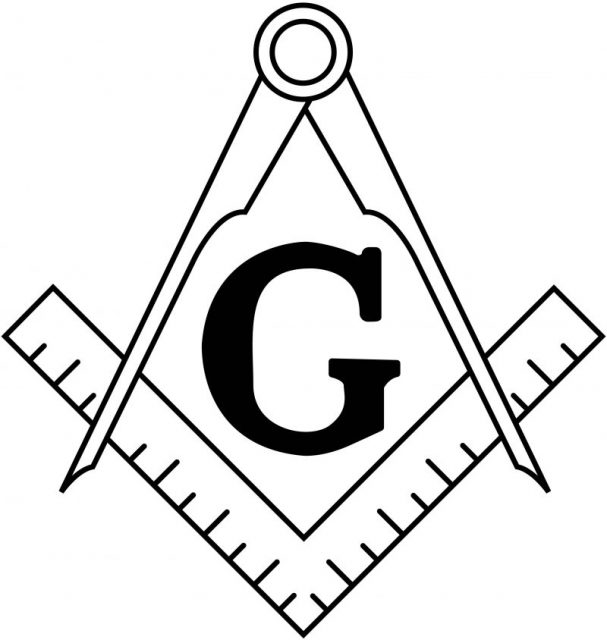
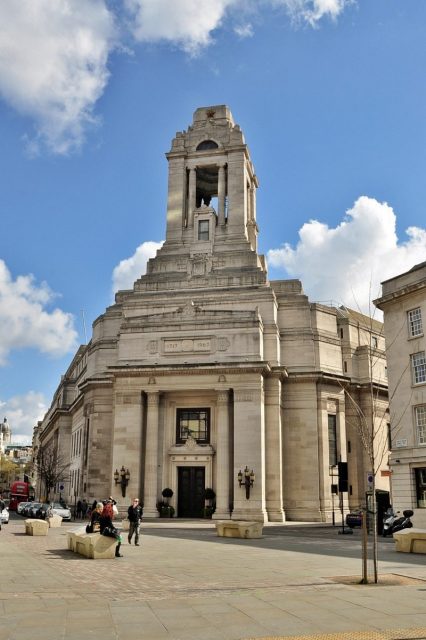
Records from the Office of the High Command of the Security Service, or Reichssicherheitshauptamt, which was responsible for the Race and Resettlement Office show how the Freemasons were persecuted by the SS and other organs of the Nazi state.
No accurate records exist of the number of Freemasons slaughtered by the Nazi regime, but estimates vary between 80,000 and 200,000.
The Freemasons were another of the groups that were persecuted because of Hitler’s paranoia. Today the organization flourishes, but this dark episode in their history will never be forgotten.
